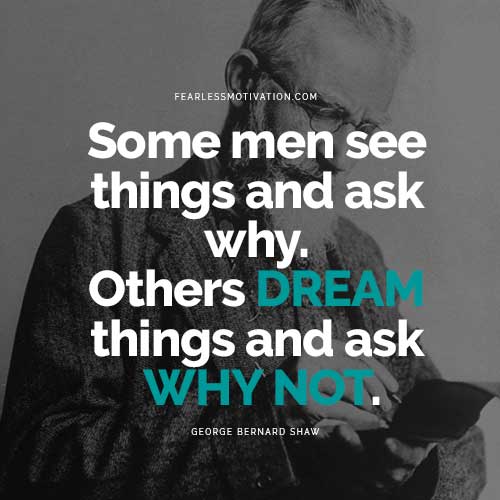Pygmalion Act 1: www.bartleby.com/138/1.html
Vocabulary Might: pygmalion_act_1.docx
1) Who is George Bernard Shaw?
2) What is Freytag's dramatic structure model?
3) How does weather contribute to anticipating the narrative and setting the mood?
4) How does the locale contribute to anticipating the narrative and setting the mood?
5) Shaw prescribes the layout of the stage and often provides psychological analyses of his characters. Why don't you draw the layout of a conventional stage to help orient your classmates around the stage?
6) Why does the playwright call his characters by their social roles before assigning proper nouns as their names? What does he want to achieve by doing so?
Pygmalion Act 2: www.bartleby.com/138/2.html
Vocabulary Might: pygmalion_act_2.docx
1) At what point is the Flower Girl identified as Liza? What prompts this internal transformation--acquiring her own identity--in the Flower Girl?
2) Who do you think has the agency to transform Liza (Galatea in the Pygmalion legend) in this act? That is, which
character[s] is [are] analogous to the mythological Pygmalion?
3) What linguistic features characterize Alfred Doolittle's speech? Why according to Higgins is Doolittle so effective
and persuasive?
4) What makes a speech a good speech? Is it its message or moral? Or, does the presentation and delivery of the message make it a persuasive one?
5) Provide your character analysis* of Eliza Doolittle.
6) Provide your character analysis* of Henry Higgins.
* Elements of Characterization
1. Direct characterization: the way the narrator tells the reader what the personality of a character is
2. Indirect characterization: the process by which the narrator reveals the personality of a character
S: What does the character say?
T: What does the character think?
E: What effect does the character have on other characters? (others’ response or reaction . . .)
A: How does the character act or behave?
L: What does the character look like? (facial expressions, clothing . . .)
Pygmalion Act 3: www.bartleby.com/138/3.html
Pygmalion Act 4: www.bartleby.com/138/4.html
Pygmalion Act 5: www.bartleby.com/138/5.html
Sequel: What Happened Afterwards: www.bartleby.com/138/6.html
GBS on the opening night of Pygmalion:
|
Orientation to the Stage: stage_directions.pdf |
|
|
|
|
Themes:
classism; linguistic determinism; gender politics; education; self-fashioning;
New Woman; feminism; social amelioration
Food for Thought:
According to the play, what is the easiest way for women to achieve independence?
What does the text imply about the relationship between class and language?
Do characters in Pygmalion have complete control over their lives, or are they affected by other forces?
Intertextual Literary Criticism: Myth, Parable, Satire, or Romance?
Film script of My Fair Lady:
http://scriptsforschooltheatre.blogspot.com/2015/02/my-fair-lady.html
Opinion Column by Trevor Nunn: poor_professor_higgins_trevor_nunn.pdf
source: https://www.theguardian.com/culture/2001/mar/14/artsfeatures.georgebernardshaw
"Pygmalion" by John Updike: pygmalion_by_john_updike.pdf
source: https://www.theatlantic.com/magazine/archive/1981/07/pygmalion/376304/
|
|
|



